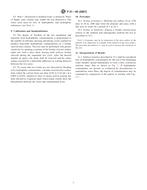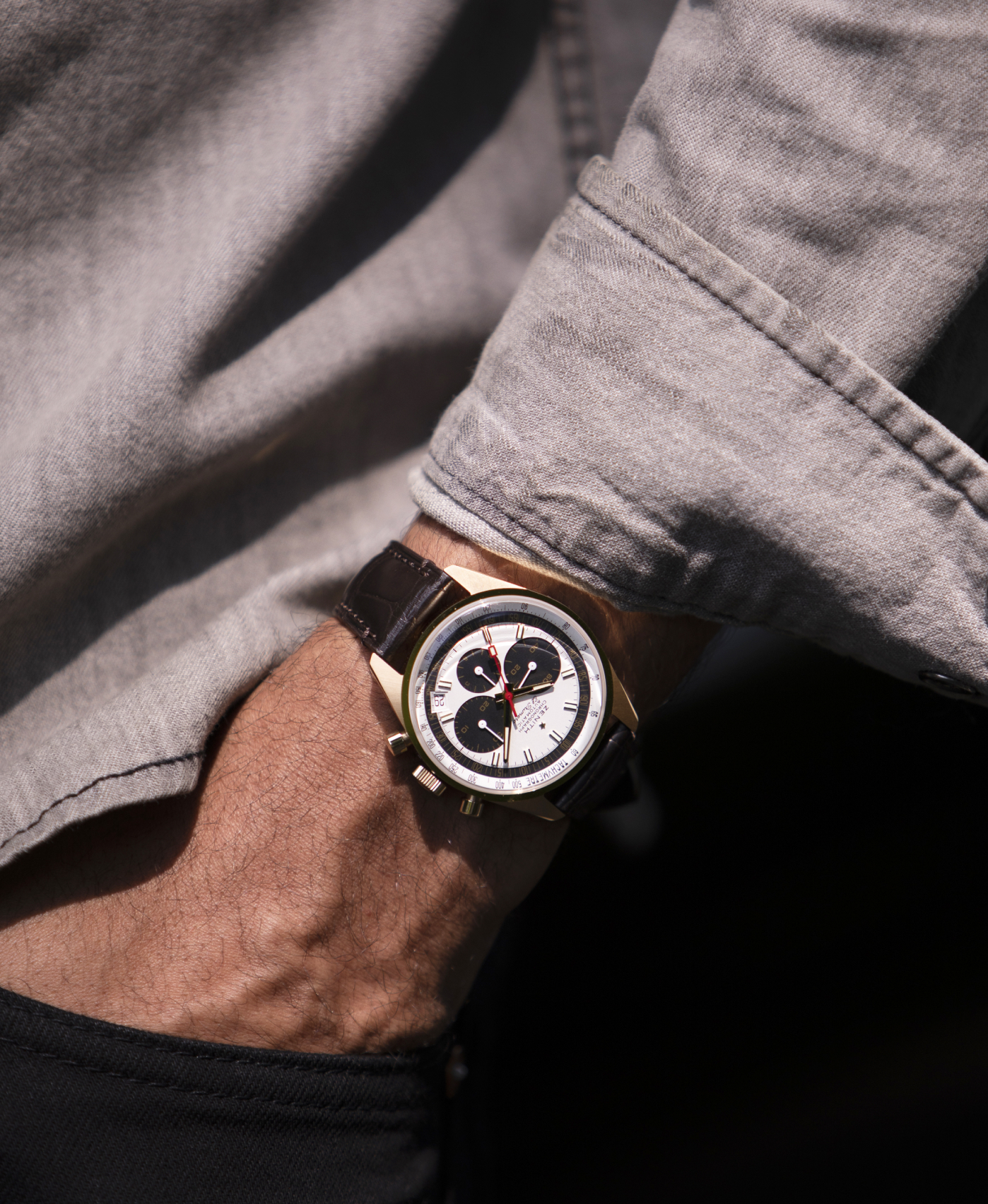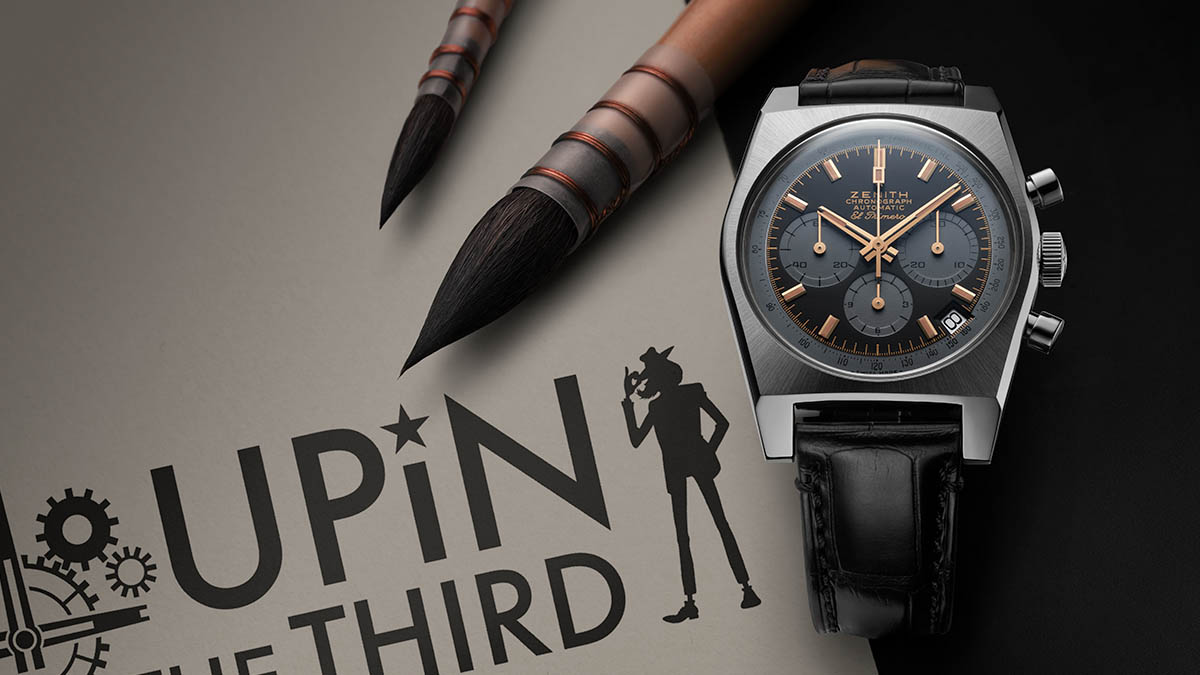


Additionally, the case back is now transparent allowing for a view of the movement. While the 37 mm faceted matte-finished steel case and lacquered white and black tachymeter dial are an exact replica of the original, the new timepiece is fitted with the current 278-part El Primero 400 chronograph movement and sports a sapphire crystal instead of the acrylic glass indicative of that era. The entire process took just over two weeks – and yielded a highly accurate presentation of the original watch. It is historically accurate in terms of design thanks to a “reverse engineering” approach wherein the original watch was totally digitalized via a laser and then scanned to produce a proper three-dimensional conception of the watch. The newest El Primero A384 Revival is the final watch in the brand’s 50 th Anniversary Revival series. The Zenith El Primero A384 Revival watch is a nearly exact replica of the original, but with updated. In fact, to date there are approximately two dozen El Primero renditions, with some versions measuring time to 1/100 th of a second (The El Primero 21 introduced in 2017) and one on the drawing board slated to make its debut next year that will measure to 1/1000 th of a second.

Since then, Zenith has held steadfast to its position of creating high-frequency mechanical El Primero chronograph movements that can time events to ever-tinier measurements. Revival was imminent and the legendary chronograph relaunched in 1984. Vermot went to the factory and revealed that he had hidden all of the necessary materials for the making of the El Primero. A top watchmaker at the brand called Charles Vermot-who had since retired-to see if he could help. Years later, in the early 1980s, when the quartz crisis was over and people were once again taking a renewed interest in mechanical watches, there was talk at Zenith of bringing back the El Primero. The original Zenith El Primero A384 watch from 1969 had a closed caseback with the brand's famed.


 0 kommentar(er)
0 kommentar(er)
